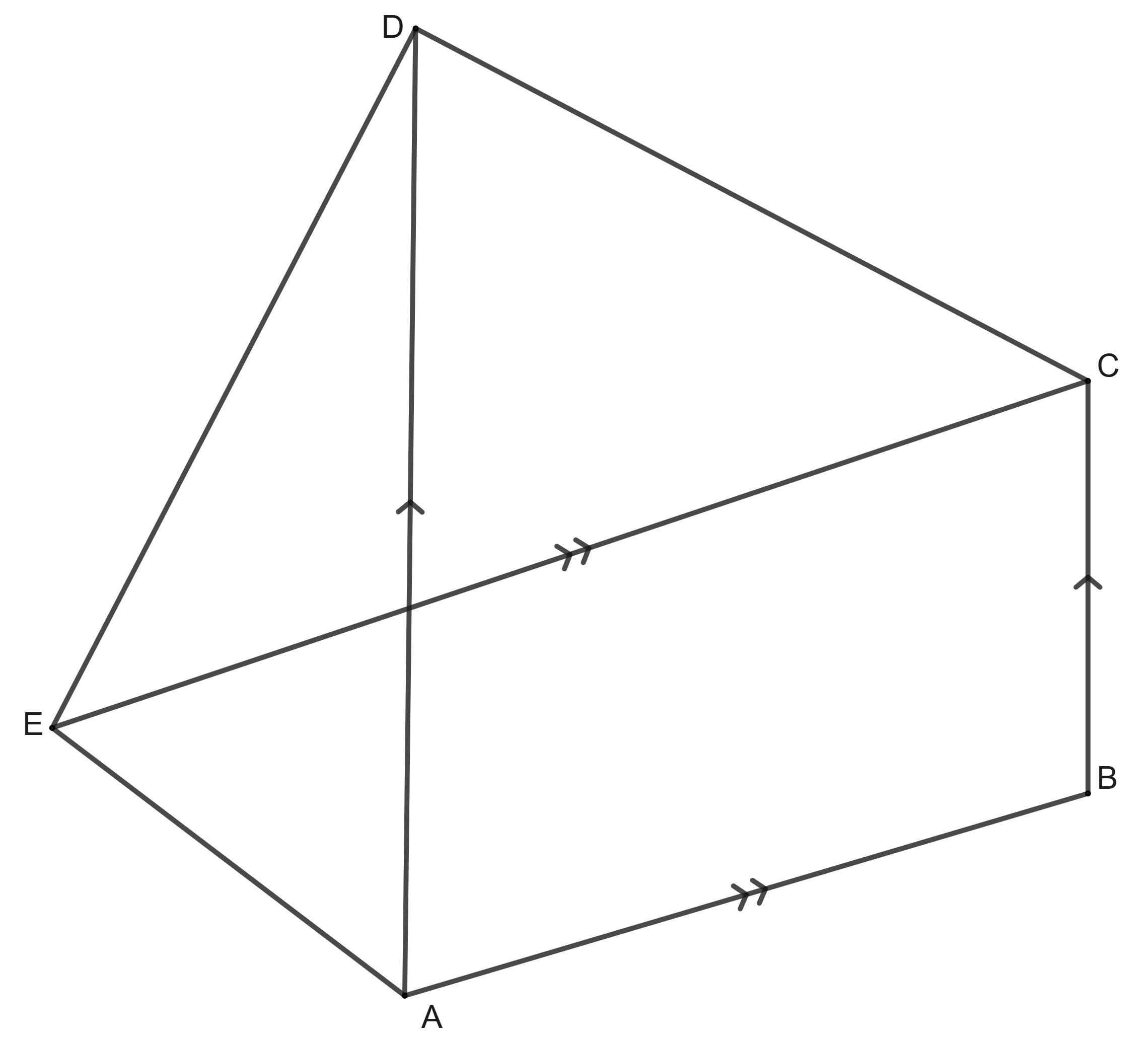Problems
In a pentagon \(ABCDE\), diagonal \(AD\) is parallel to the side \(BC\) and the diagonal \(CE\) is parallel to the side \(AB\). Show that the areas of the triangles \(\triangle ABE\) and \(\triangle BCD\) are the same.

If we are given any 100 whole numbers then amongst them it is always possible to choose one, or several of them, so that their sum gives a number divisible by 100. Prove that this is the case.
The expression \(ax^2+bx+c\) is an exact fourth power for all integers \(x\). Prove that \(a=b=0\).
The numbers \(\lfloor a\rfloor, \lfloor 2a\rfloor, \dots , \lfloor Na\rfloor\) are all different, and the numbers \(\lfloor 1/a\rfloor, \lfloor 2/a\rfloor,\dots , \lfloor M/a\rfloor\) are also all different. Find all such \(a\).
2022 points are selected from a cube, whose edge is equal to 13 units. Is it possible to place a cube with edge of 1 unit in this cube so that there is not one selected point inside it?
The number \(A\) is divisible by \(1, 2, 3, \dots , 9\). Prove that if \(2A\) is presented in the form of a sum of some natural numbers smaller than 10, \(2A= a_1 +a_2 +\dots +a_k\), then we can always choose some of the numbers \(a_1, a_2, \dots , a_k\) so that the sum of the chosen numbers is equal to \(A\).
A table of \(4\times4\) cells is given, in some cells of which a star is placed. Show that you can arrange seven stars so that when you remove any two rows and any two columns of this table, there will always be at least one star in the remaining cells. Prove that if there are fewer than seven stars, you can always remove two rows and two columns so that all the remaining cells are empty.
120 unit squares are placed inside a \(20 \times 25\) rectangle. Prove that it will always be possible to place a circle with diameter 1 inside the rectangle, without it overlapping with any of the unit squares.
What is the largest amount of numbers that can be selected from the set 1, 2, ..., 1963 so that the sum of any two numbers is not divisible by their difference?
Several pieces of carpet are laid along a corridor. Pieces cover the entire corridor from end to end without omissions and even overlap one another, so that over some parts of the floor lie several layers of carpet. Prove that you can remove a few pieces, perhaps by taking them out from under others and leaving the rest exactly in the same places they used to be, so that the corridor will still be completely covered and the total length of the pieces left will be less than twice the length corridor.